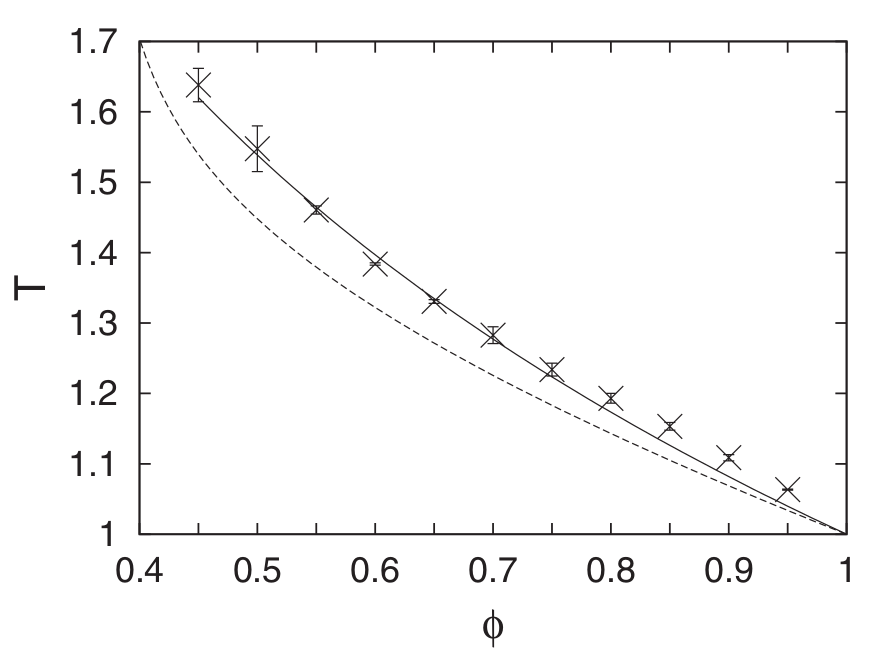Tortuosity Web Application
Implementation of the simulation that enables to calculate tortuosity in porous media flow. Results of these algorithms were first presented in the paper:
Matyka, M., Khalili, A. and Koza, Z.
Tortuosity-porosity relation in the porous media flow
Phys. Rev. E 78, 026306 (2008)
Tortuosity-porosity relation in the porous media flow
Phys. Rev. E 78, 026306 (2008)
Now you may easily (with a few clicks) repeat the main results of this paper.
Author: Maciej Matyka / WFA & NeuroSYS


